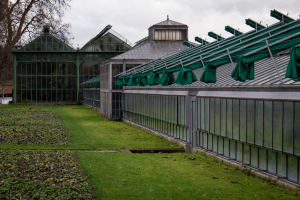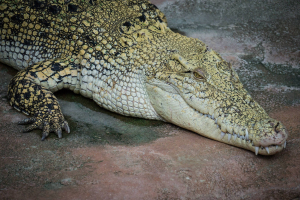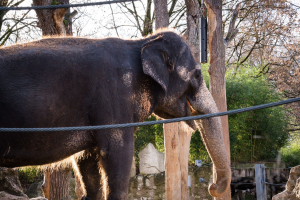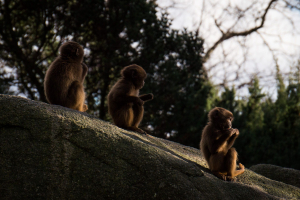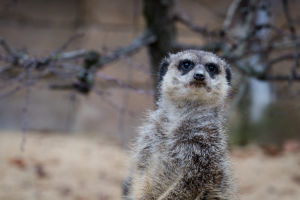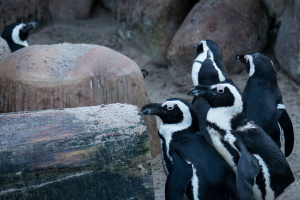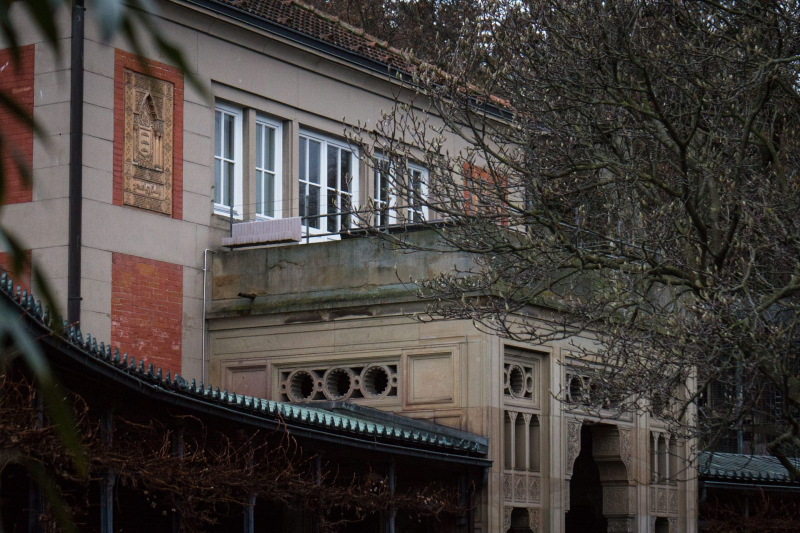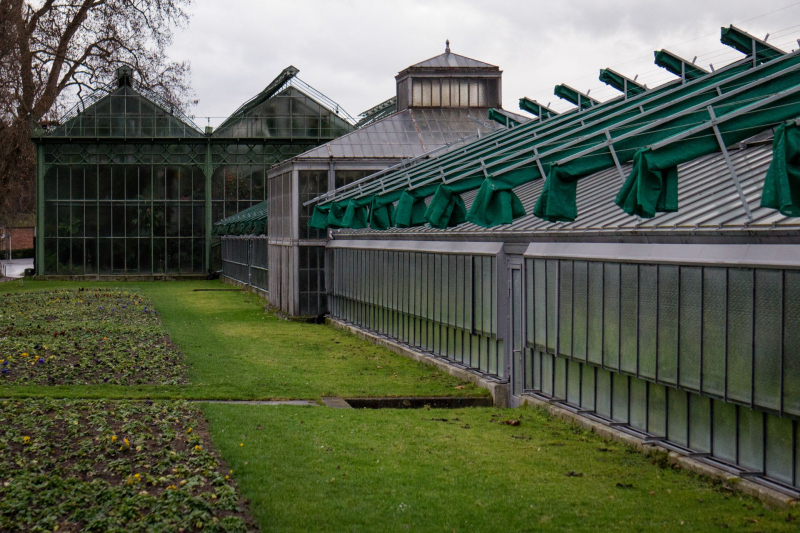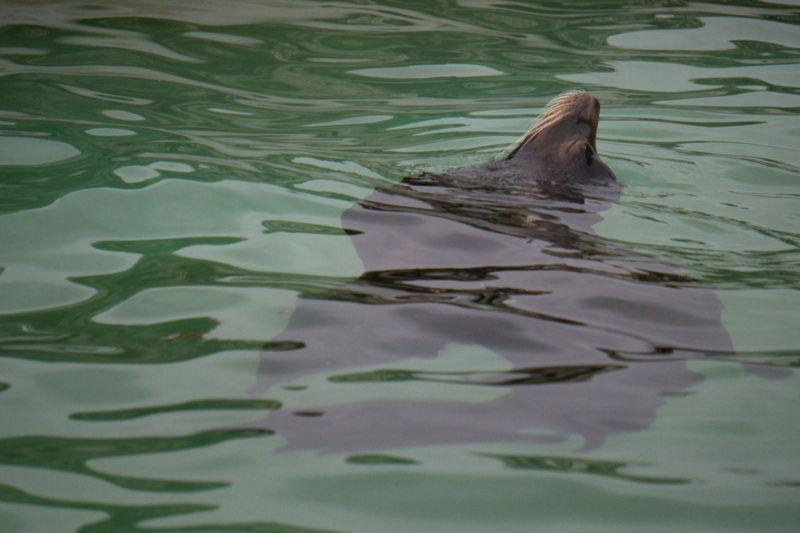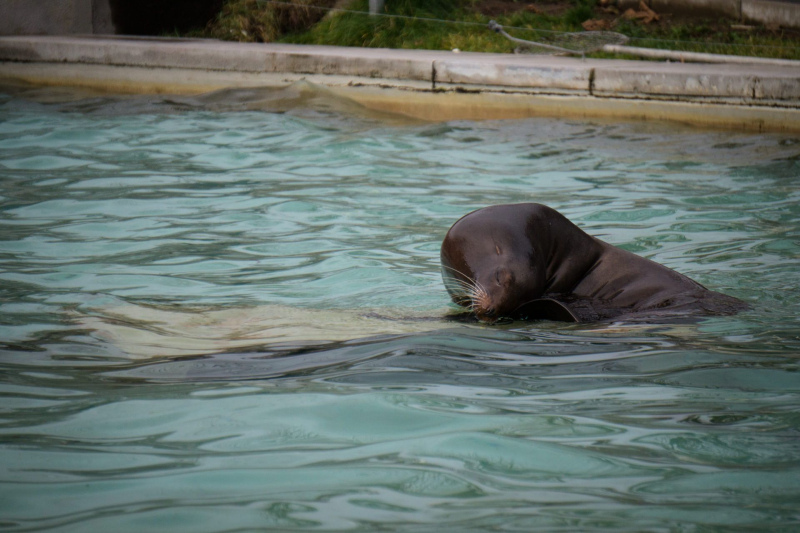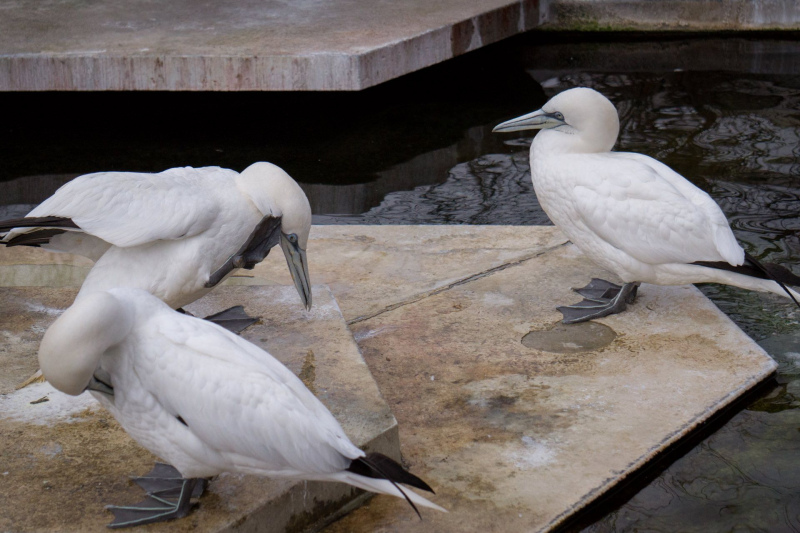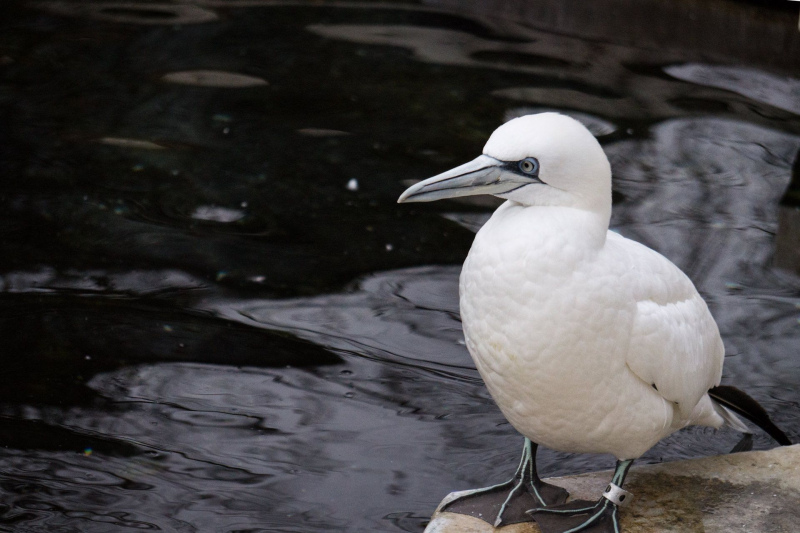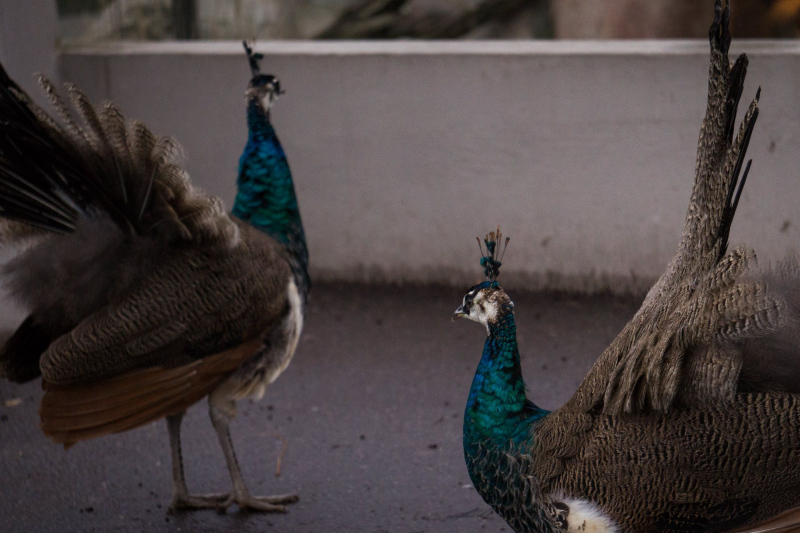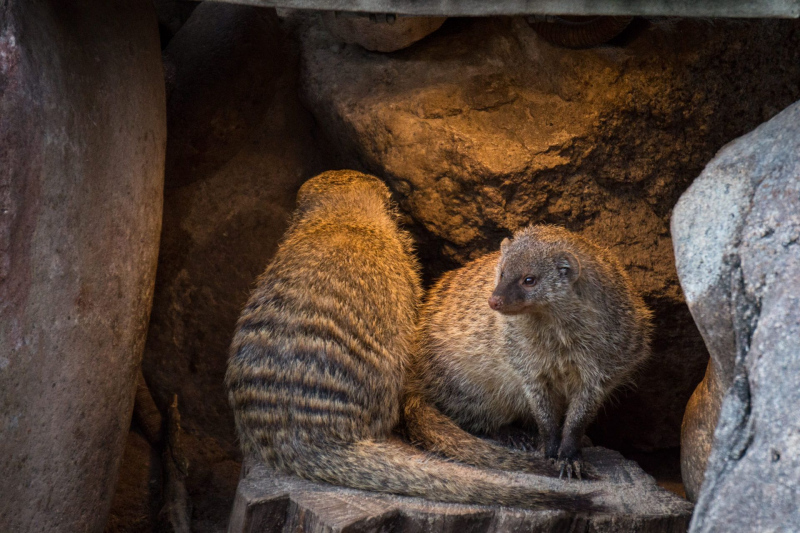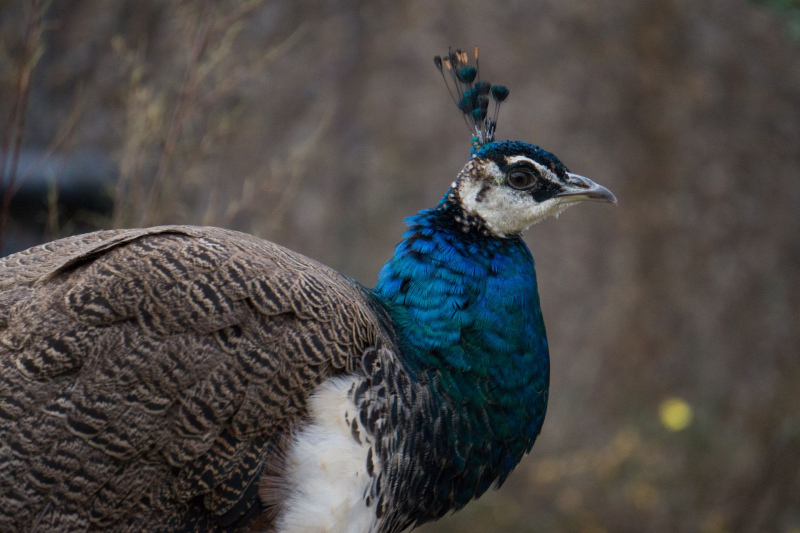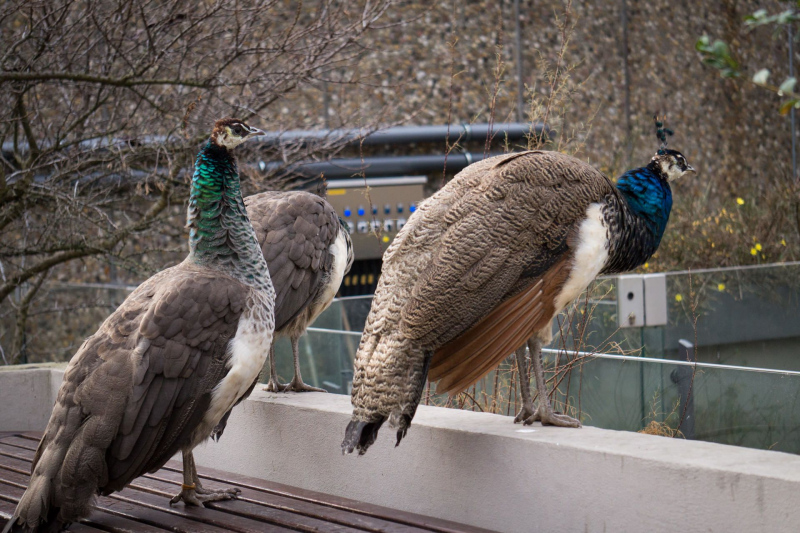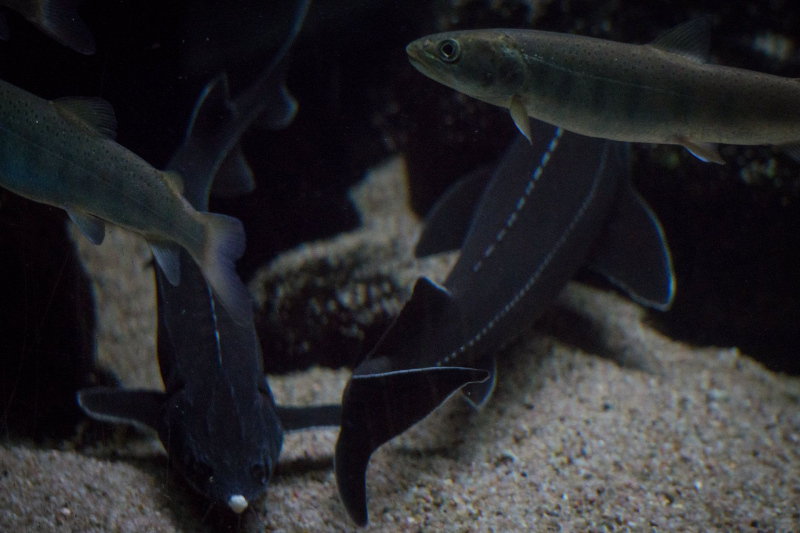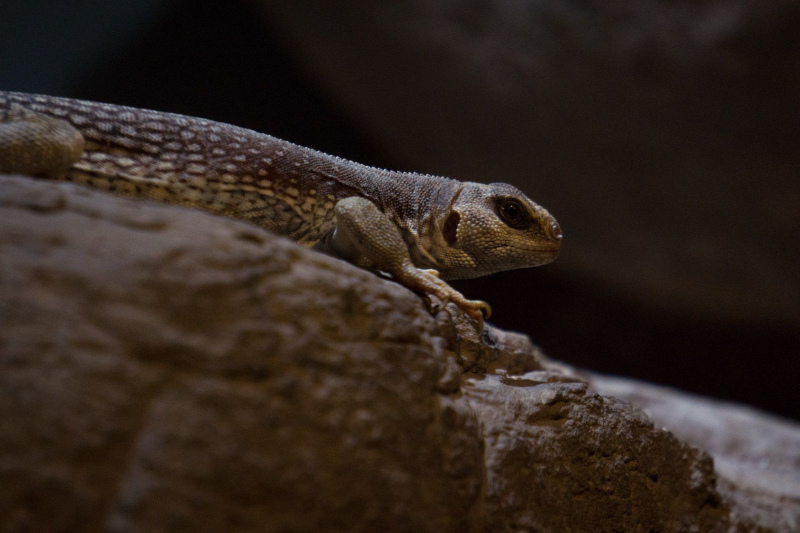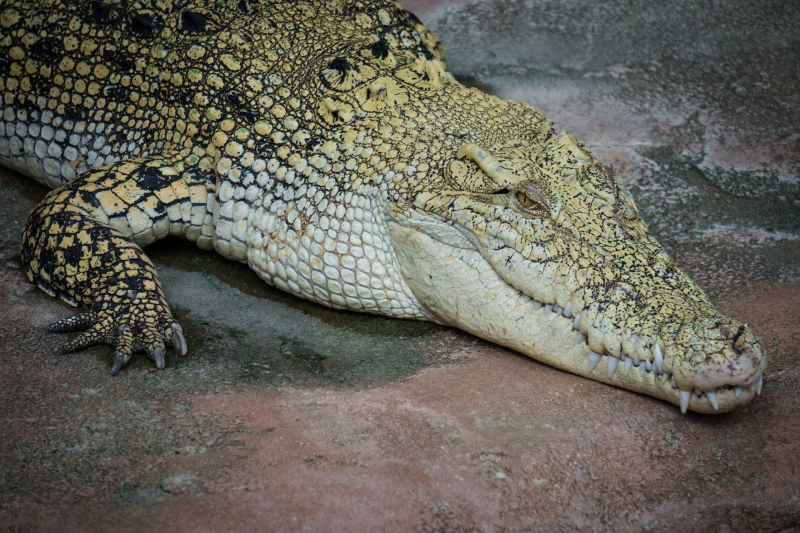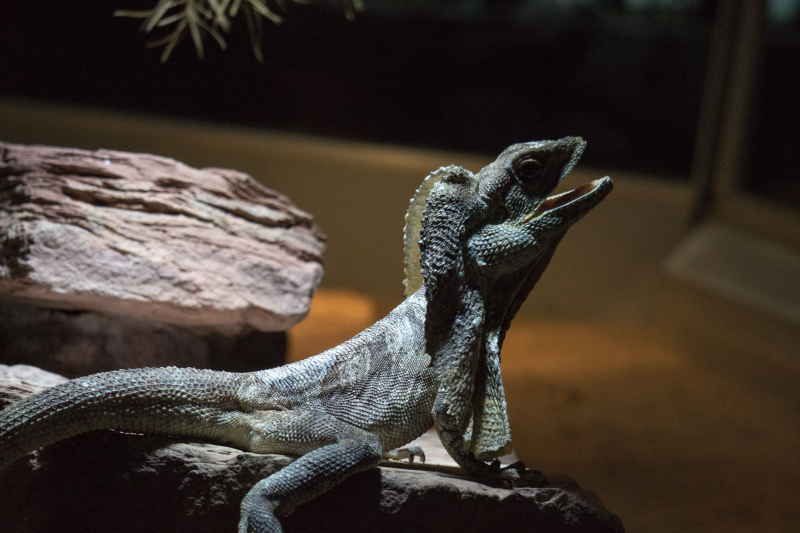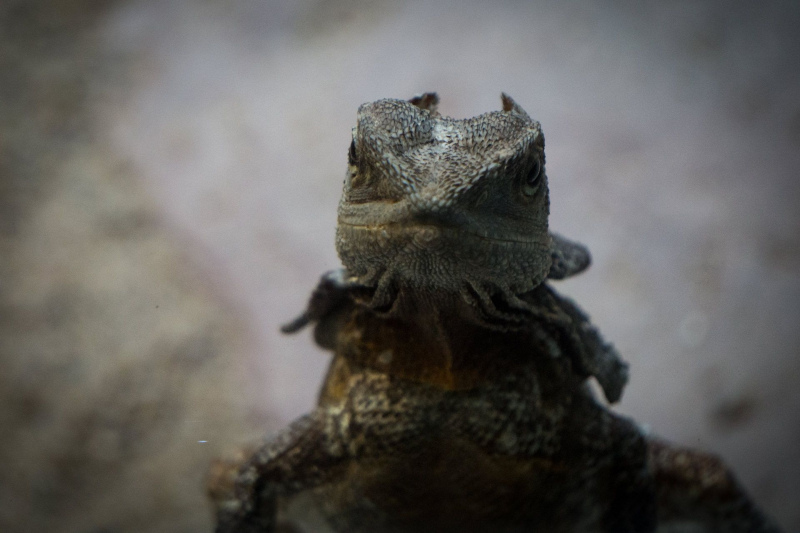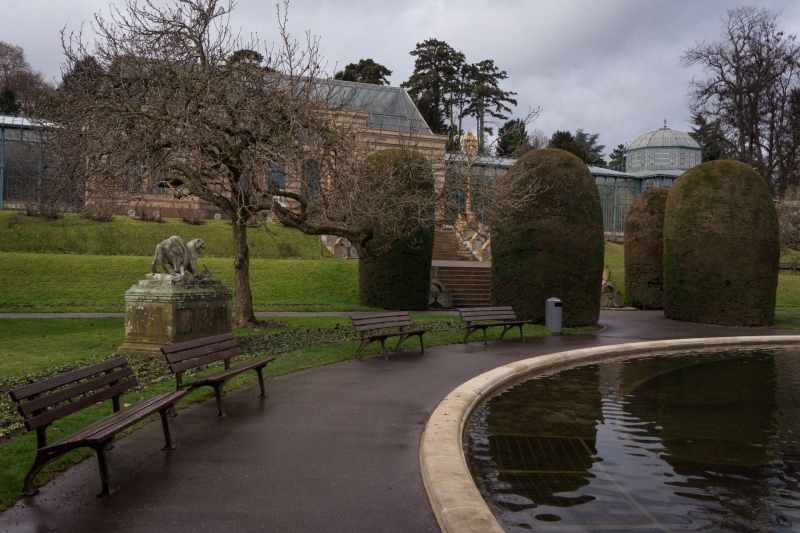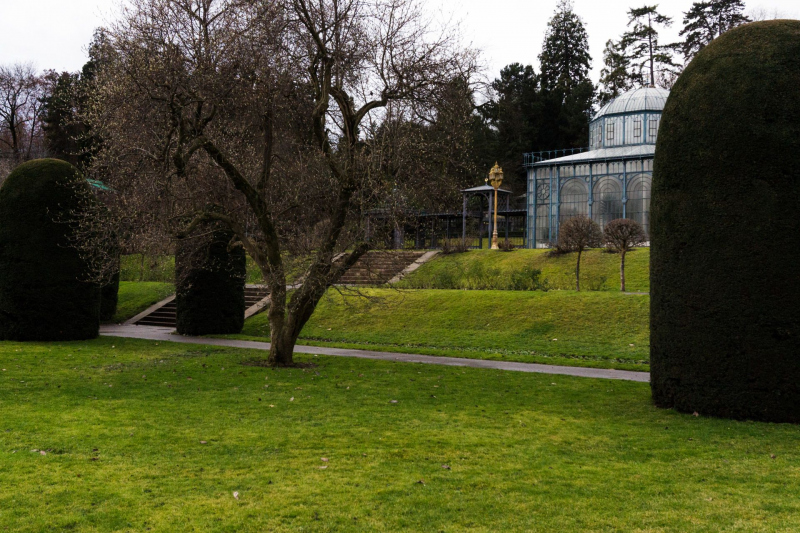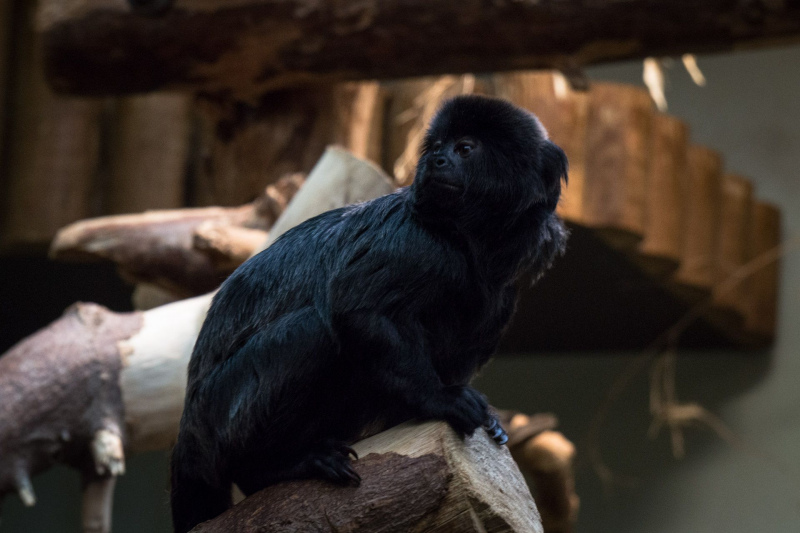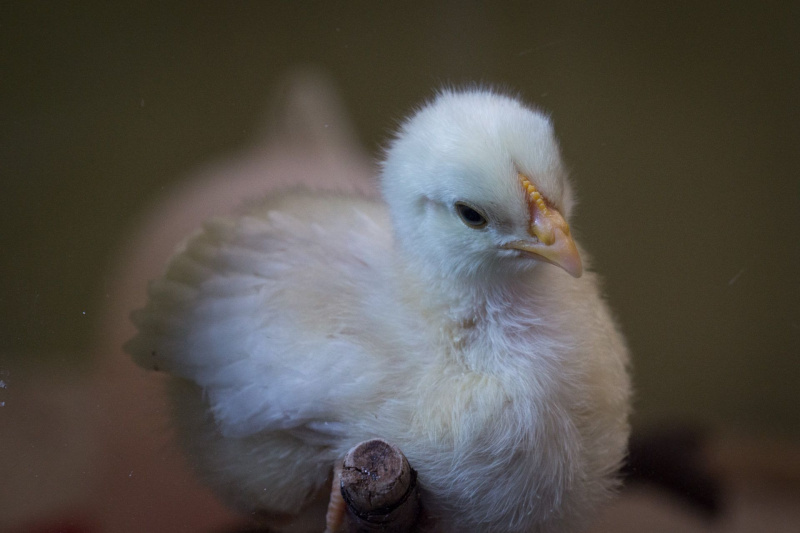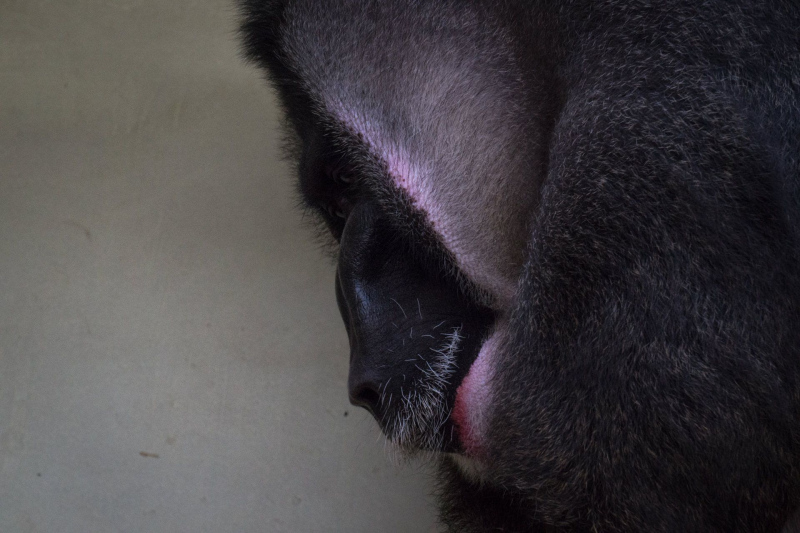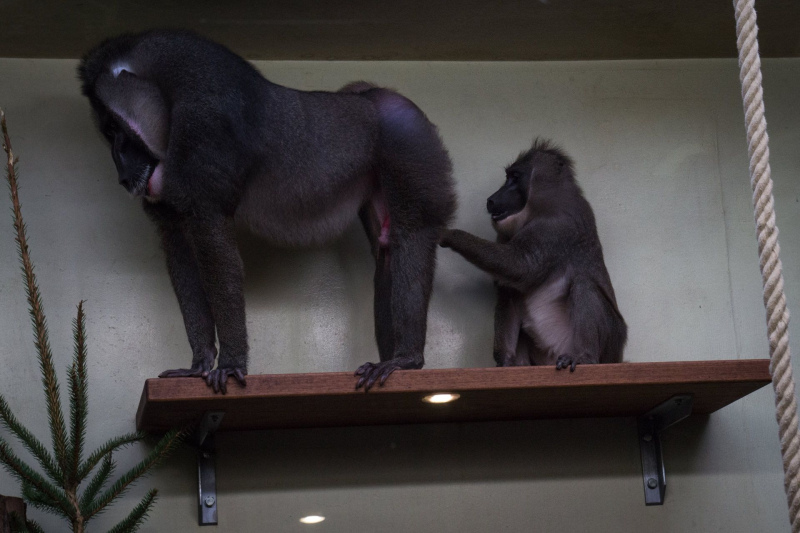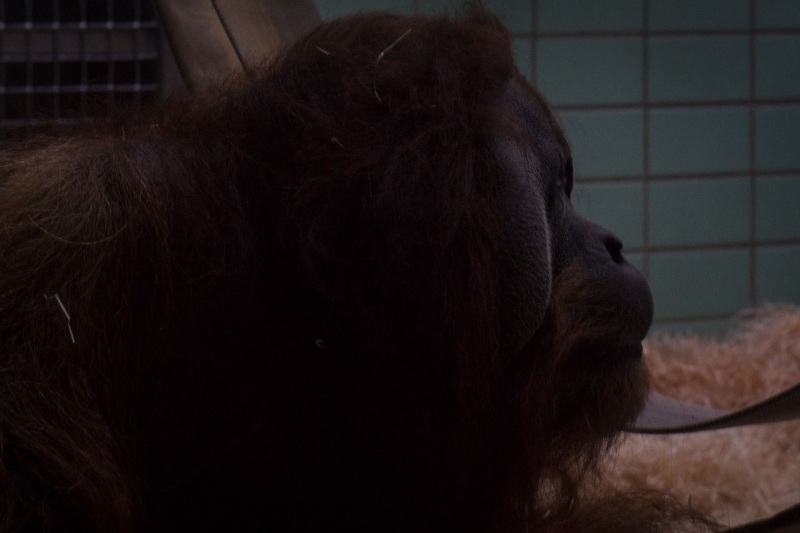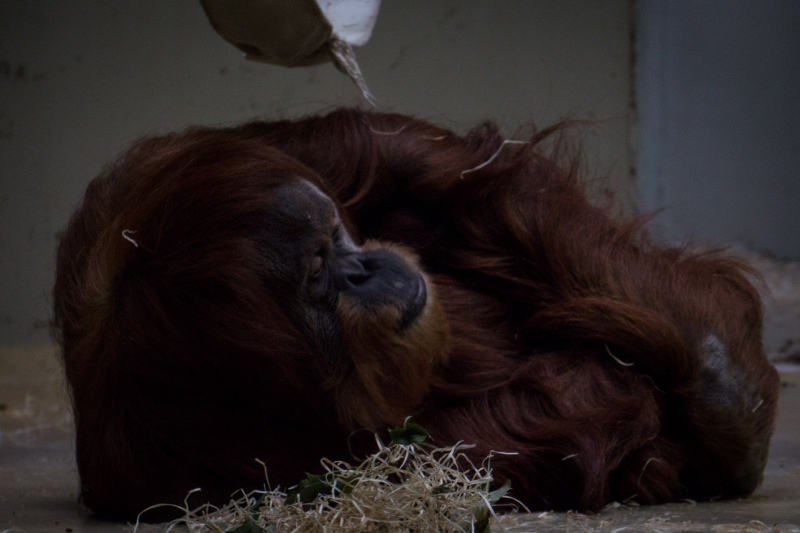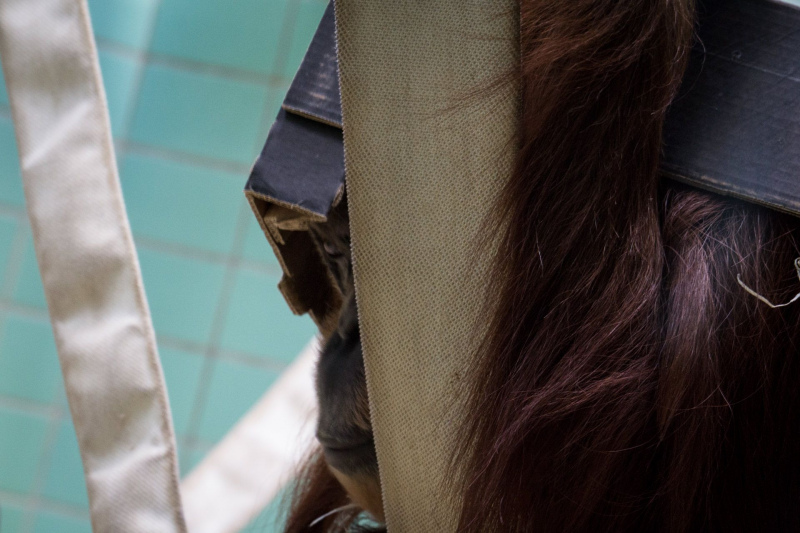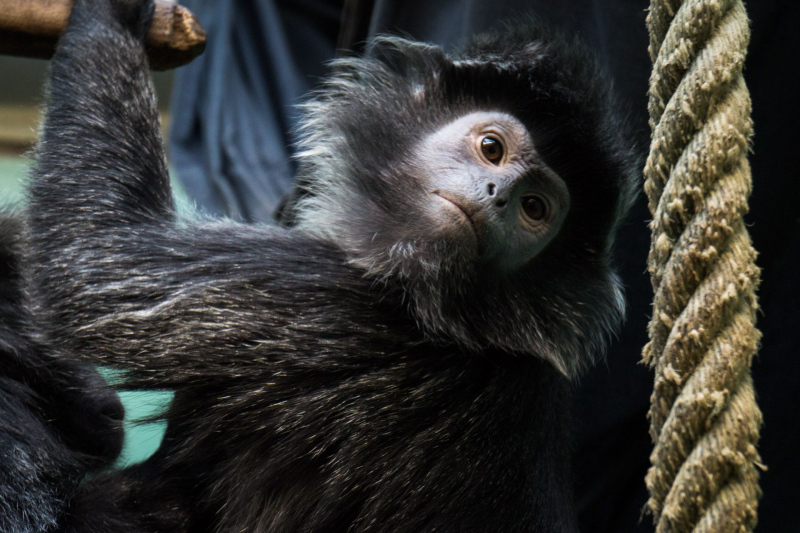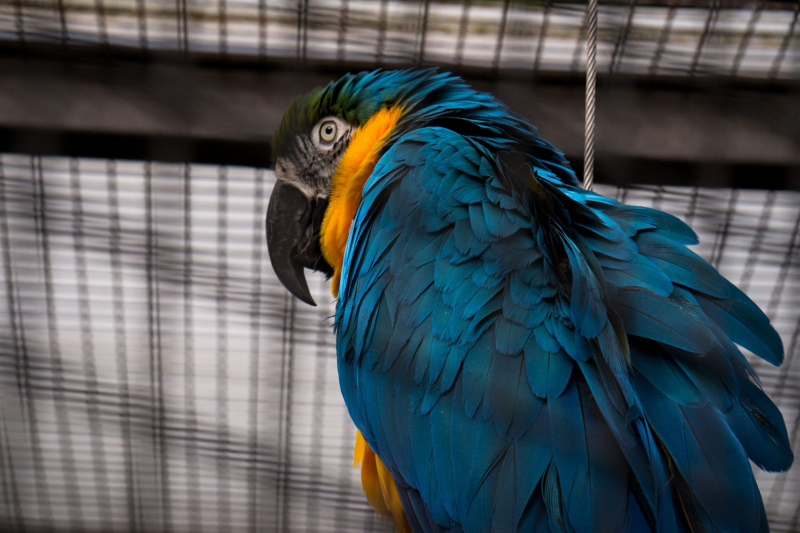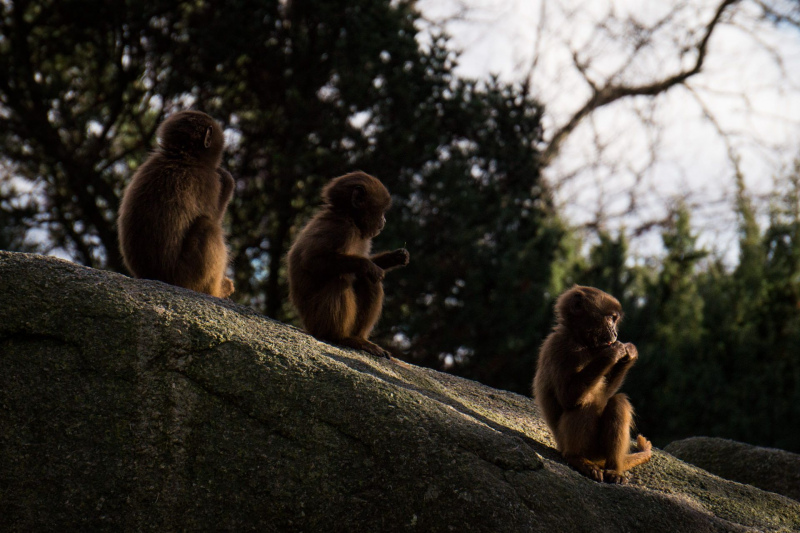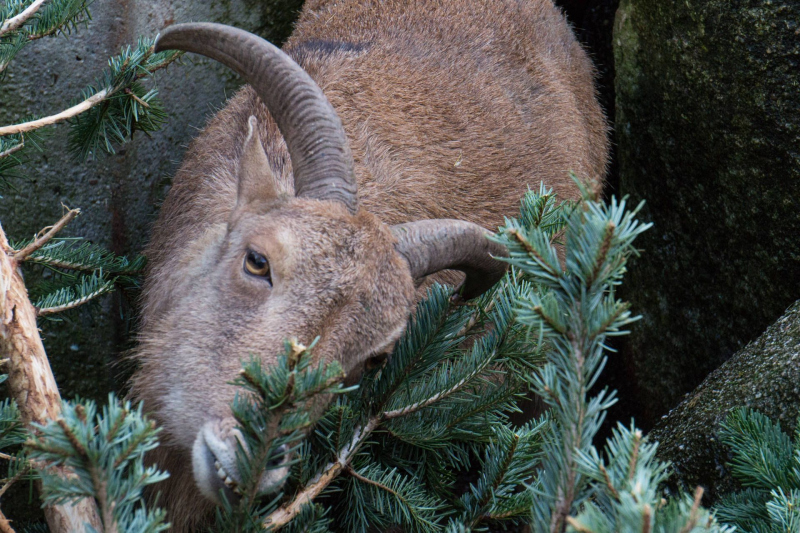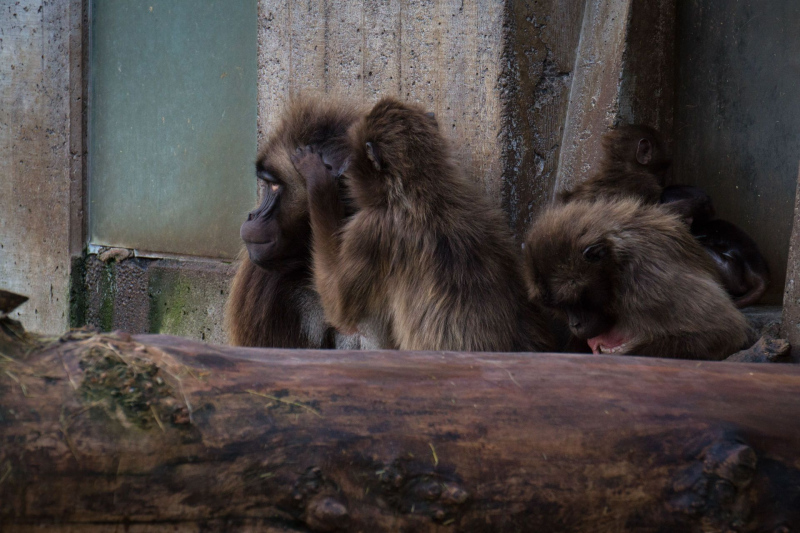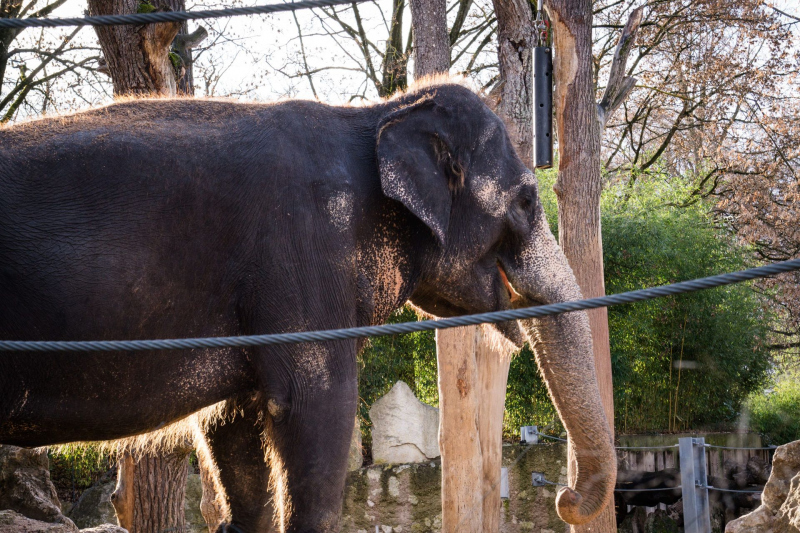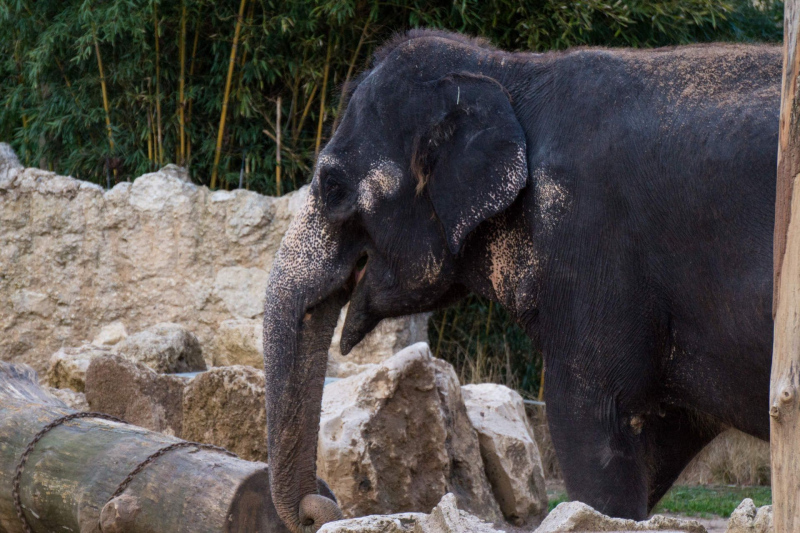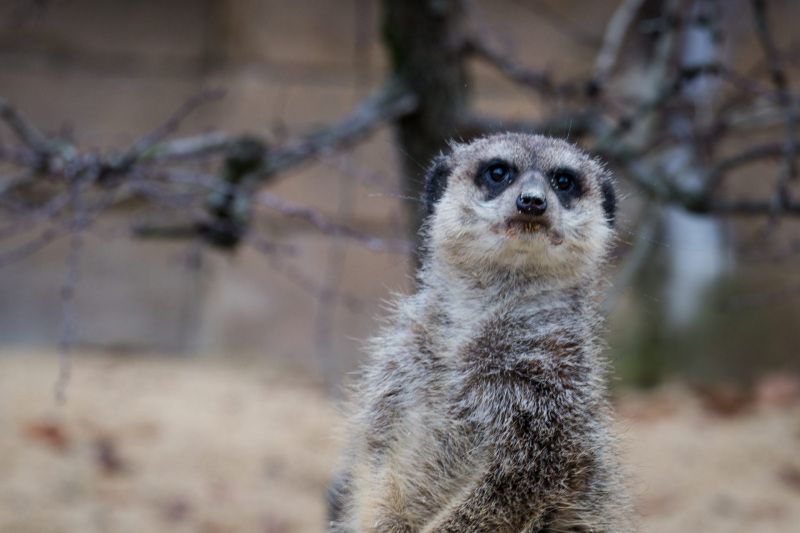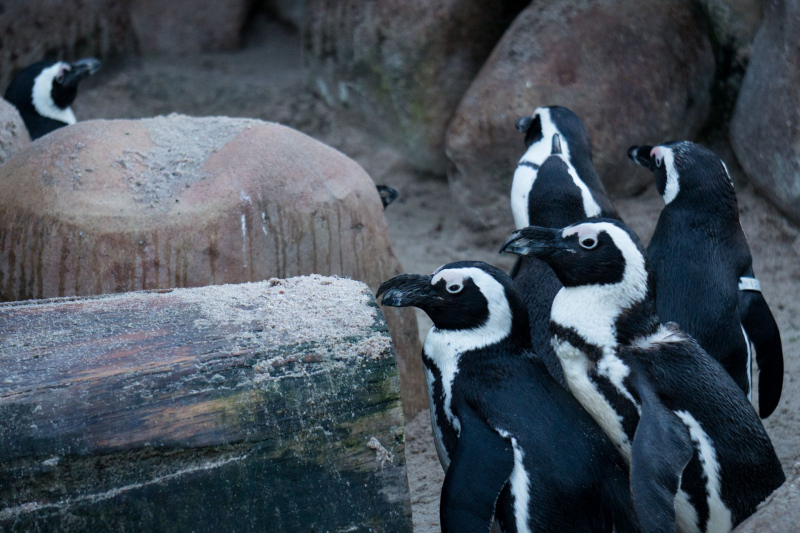Preface
It’s interesting to see that in a year when every major theme park in Germany has a new attraction, Europa-Park has been left out of the media hype. Fortunately, the situation was different for the park in France, so at least there is some interest in Arthur. In France, Luc Besson’s animated film series has always been very successful, whereas in Germany, Arthur and the Kingdom of the Minimoys has only been successful in the media thanks to the voice of Tokyo Hotel singer Bill Kaulitz.
Since nobody in Germany actually knows the films, it’s hard to understand why they decided to apply for these licences, because even without the film reference and the rather modest name of the actual ride, the ride could work. On the other hand, a lot of French people visit the park, and as has been shown all too often in English theme parks, you need themed areas licensed from popular children’s series to successfully attract the masses these days.
The new ride at Europa Park
Arthur
French Lobby – The ride is located in the Kingdom of the Minimoys themed area, a very compact hall similar to the Wuze Town themed area at Phantasialand, with some slides, a beautifully designed Zamperla Jump Around and a Zierer Family Freefall Tower. The coaster’s ride along the ceiling of the hall is the highlight of the public area.
As the ride is still ‘new’ this year, be sure to get on at the start of the day, although technical difficulties can delay the opening by a few minutes. You won’t have to wait that long during the day and you can queue for Arthur straight away. As the single rider queue is not visible until you pass through the entrance portal to the ride, it can be worth at least stopping there and not being distracted by the regular queue.
The Ride
Once you have passed through the well-designed waiting area, you take your seat in the appropriately designed vehicle, which is transported on a conveyor belt. One turn and a simultaneous film sequence later, you find yourself in the realm of the Minimoys and at the same time confronted with a new addition to Europa Park, but more about that later.
Surprisingly fast, the track climbs up the hill before passing some dark ride scenes at the right speed. Shortly after, the first real roller coaster section follows, where you leave the hall for a moment. One turn later and you are back in the hall, where ‘Paradise Alley’ shows its best side – an admittedly very original set. A few metres of track later, you escape from a rat and find yourself under the roof of the hall, whereupon the next scene involves a boss fight. The Mack company are demonstrating all sorts of features on their car, and the button on the bar, which seemed pointless at first, is used. This is followed by the second rollercoaster section of the ride, where a short combination of downhill and uphill curves provides some speed, but the following uphill helix slows things down massively, and the ride comes to an end.
The farewell of the protagonists, known and unknown from the film, shows a certain consistency that is lacking in many other themed rides at Europa Park, and Arthur also lacks the typical overloaded scenes. So it’s no wonder that Arthur – the Ride, which I had previously, and not jokingly, described as French lobbying work, is a very convincing dark ride. The ride is well made and has a certain symbiosis of well-designed scenes and almost old-fashioned animatronics, while modern design and a certain, but fortunately subtle, interaction is not missing.
Conclusion Arthur
However, as a coaster, Arthur is only a prototype and there is still a lot to be improved, such as the general smoothness of the ride, which is not very satisfying, and the way the gondolas turn. Still, there is a lot of potential in this system, so we will probably see more units in the coming years.
More important than the attraction itself, however, is its location. The Fairytale Forest, which has been less visited, will benefit greatly.
What is your opinion of the Suspended Powered Coaster Arthur? Just write them in the comment field below the report or in our social media channels:
Click here for the overview page of Europa Park



